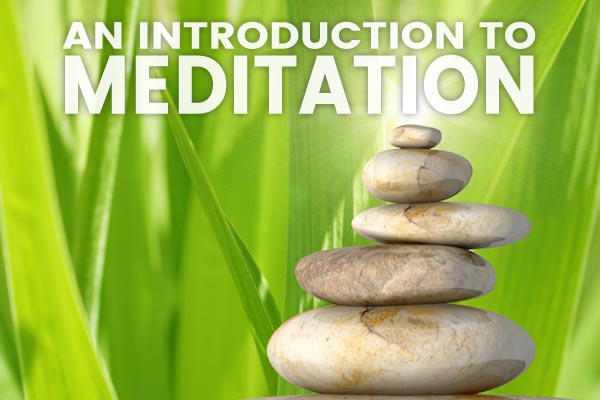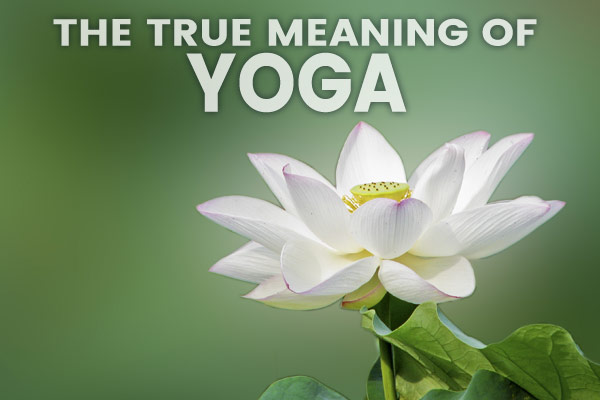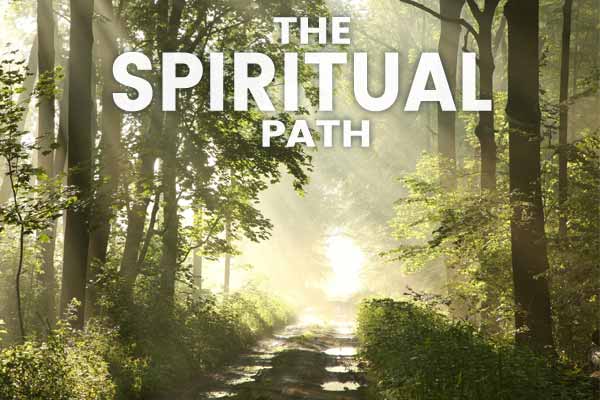We all want to be happy. Every decision we make, whether conscious or not, springs from our desire for happiness. Unfortunately, most of our efforts end in disappointment. Happiness based on things, experiences, or circumstances doesn’t endure. If we seek lasting joy, without the ups and downs of life, we need to connect with the source of happiness. That source lies within each of us. Ancient sages discovered that the key to lasting happiness is a quiet mind. Meditation is the technique that makes the mind quiet.
Meditation is a conscious direction of thought from the outer world to your inner world. All meditation techniques are beneficial to some degree. The simple meditation technique described here is easily practiced by anyone of any age or of any spiritual, religious, or philosophical belief. Meditation will contribute to your peace of mind, physical health, and emotional well-being. You will benefit greatly from a regular meditation practice. And everyone within your reach will also be affected positively by your joy.
The benefits of meditation have been studied for decades. Meditation will make you healthier: you will handle stress with ease and recover more quickly from illnesses. Science has also proven the emotional benefits of meditation. Your busy mind will be calmer, and your brain will work more effectively. Your long- and short-term memory will improve with a regular meditation practice. Meditators are more optimistic and have higher levels of concentration and focus. And you will experience a sense of satisfaction as joy rises spontaneously from within.
Yoga has become a household word since its introduction to the West a little more than one hundred years ago. Simply put, yoga means the union of the universal Soul (God, etc.) with the separate individual soul (each of us). Yoga philosophy teaches that this union, spiritual enlightenment, is the goal of human life. Yoga also refers to the path, practices, and techniques used to achieve the goal of enlightenment. Yoga is a process, a journey. At journey’s end, we experience unbroken peace and joy while living our daily lives.
The Eastern traditions teach us that enlightenment is inevitable. But what does enlightenment really mean? What does an enlightened person look like? How do they behave? With proper understanding, we learn that spiritual enlightenment is possible. A life of perfect peace is within our reach. We can experience joy in all circumstances. And we can know love and compassion for all beings. Desire is the key to becoming enlightened. When our desire for enlightenment is foremost in our heart, then the goal is quite near.
The spiritual path leads us inward, toward the ultimate goal of enlightenment. This path is like others that we choose throughout our lives—there is a goal and steps along the way. Taking the spiritual path usually begins with a vague feeling of wanting something better in life. We seek lasting satisfaction. When the constant search for happiness becomes dry and unsatisfying, it leads us to introspective questions like: Where am I going? What is my purpose? Who am I, really? This inquiry is essential to walking the spiritual path.






